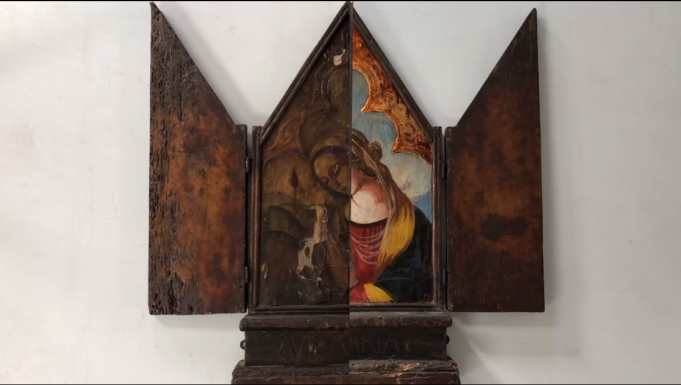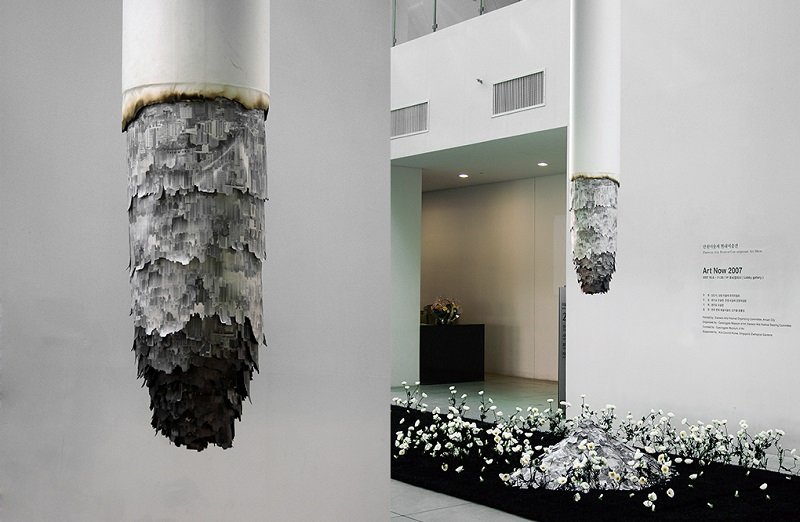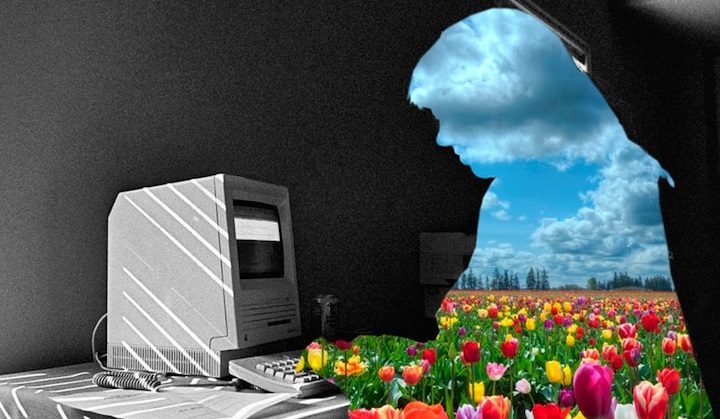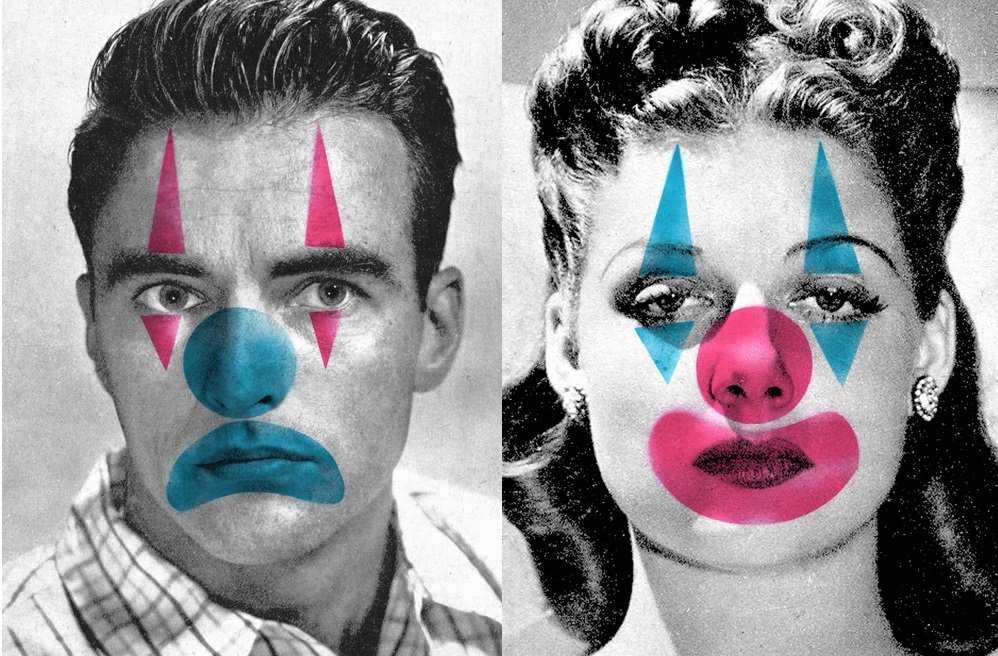A sampling of some of the thousands of paintings Julian Baumgartner has worked on.
The process of conserving an old painting is beyond magical. It has been done many years. So far we didn’t have the chance to see what is it like to restore a painting. Now thanks a professional like Julian Baumgartner we can have a detailed video and see step by step how a severely damaged painting can be restore and come alive .It is almost unbelievable how perfect the results can be when using the right techniques. And the best part of it is that with this process Julian Baumgartner ensures those generations to come will be able to enjoy this work of arts and paintings.
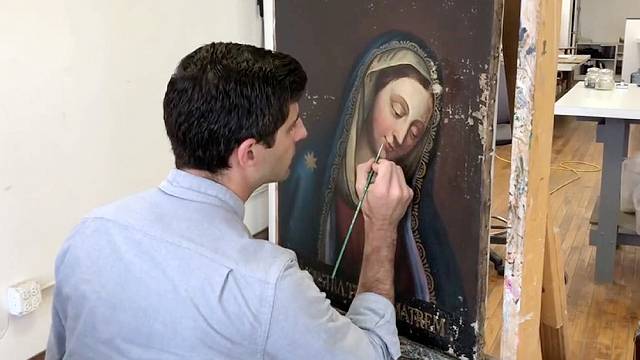


«While the changes to the painting after conservation may seem minimal, the middle photo showing the painting after cleaning and removing all of the excessive overpaint reveals just how much damage and invasive overpainting the painting received. The entire background as well as much of the face and red clothing were overpainted. The final photo shows the painting with reversible and archival retouching and while the images may appear similar there are subtleties in the final photo that were covered in the first photo. In addition, even if the end result is similar, the materials are far superior and ensure the all of the work can be safely removed if ever needed.»
“Mother Moved, Father Jumped” by Robert Robinson.
This work sat above a fireplace for years and the soot accumulation darkened the piece. The painting g was cleaned, the cracks reduced and then varnished and is ready to go back on the wall (hopefully not above another fireplace).
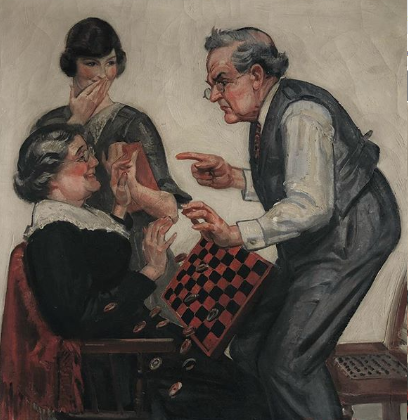
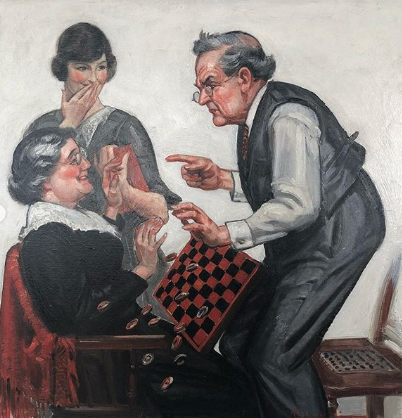
“This painting had quite a rough go of it! Dirty and uncared for, it then fell off-the-wall and received some significant traumatic damage including the complete separation of a large section of canvas. While at the studio it was cleaning and received an interleaved lining. And while I wasn’t satisfied with the initial conservation attempt, the second go-round proved much better and now I’m completely satisfied with the work and will be returning the painting back to my client. The lost time and excess material certainly cuts into the profit margin on this painting but more important is ensuring that my work is of the highest quality and that my clients are happy.”


Sometimes even the really hard projects are really fun.
This portrait from the mid 1800s suffered a massive 8” long tear right through the sitter’s face. It was poorly patched and retouched with oil paint many many years ago. Covered with surface grime and varnish the painting didn’t look too bad but with the grime and varnish removed the extent of the retouching could be seen. This is a prime example of why oil paint is an inappropriate medium for conservation; it darkens as it oxidizes. This retouching was probably pretty accurate at one point but since its application it has changed and is now no longer acceptable. With the patch and retouching removed and properly repaired the extent of the real damage is revealed and it’s clear that not only was the retouching off color but a bit too liberal. New retouching with archival and reversible pigments was applied and under UV it can be seen as dark purple and while extensive, it’s more conservative that the previous attempt. Finally, after varnish the sitter’s face is integrated and the painting is ready for another hundred years on the wall.





These two paintings by Frank V. Dudley were covered in cigarette nicotine, tar and whatnot as well as a heavy layer of discolored natural varnish.
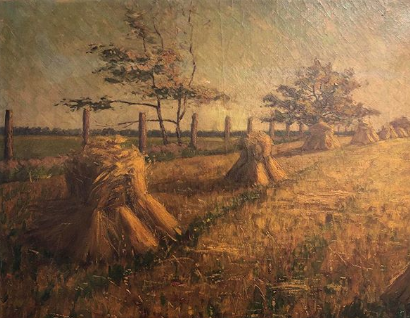
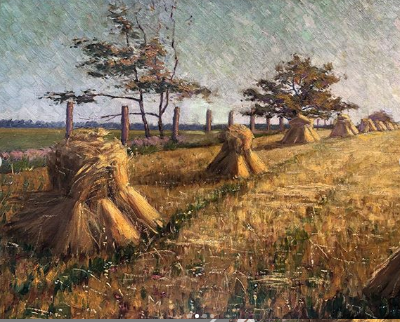
The Conservation of an Ave Maria Icon


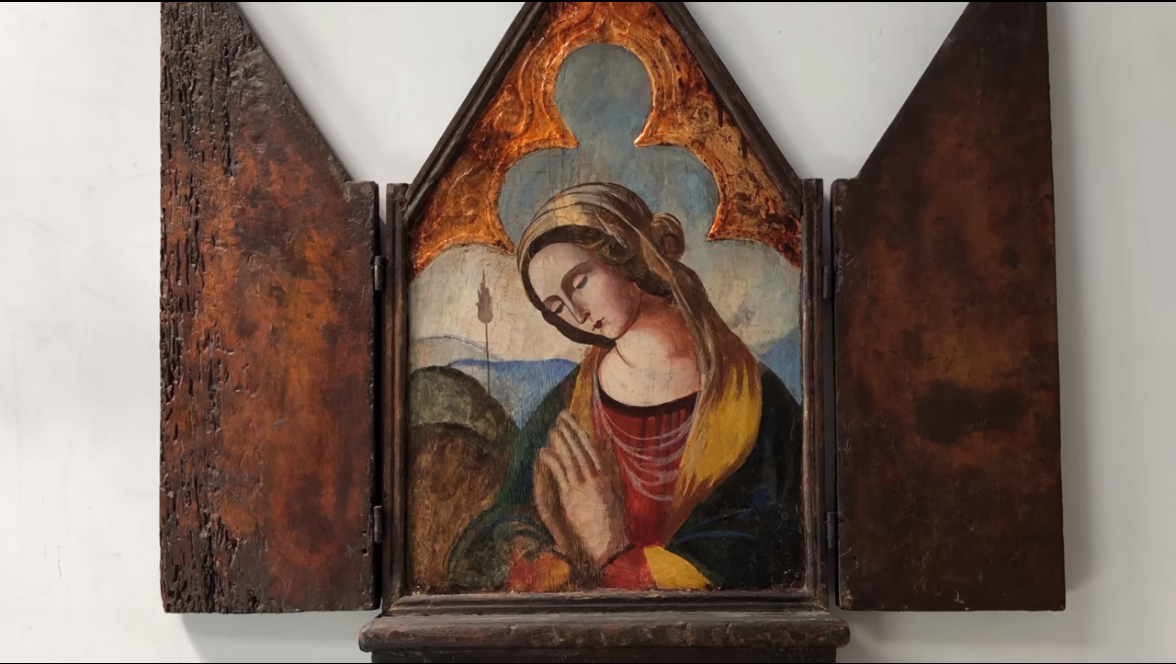
The restoration of an Emma Gaggiotti Portrait


